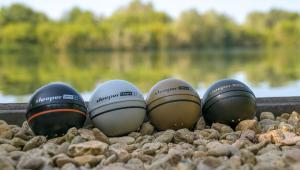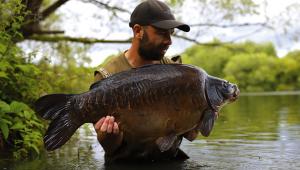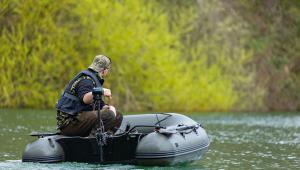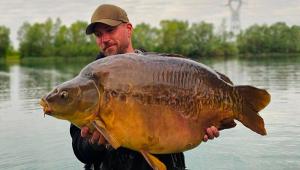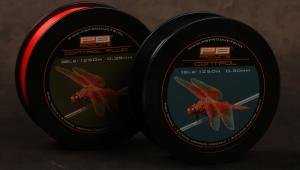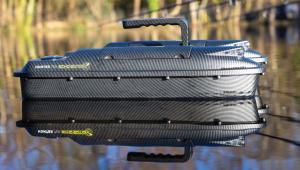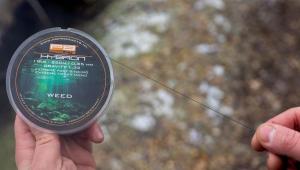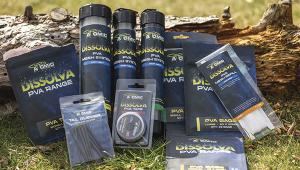Using Oils
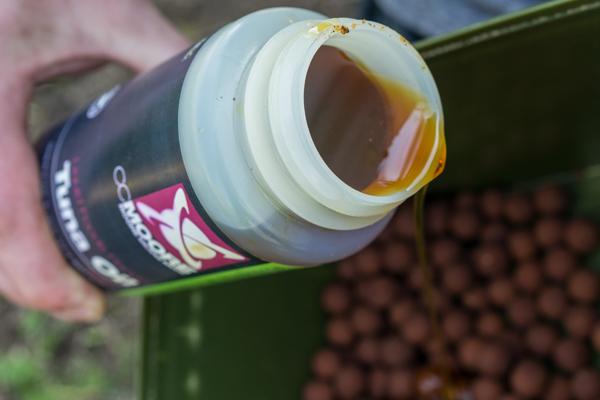
Oils are often a talking point in carp fishing; some anglers swear by their use and others are afraid to go near them, but why is this? For many years, there has been a stigma surrounding the use of oils, especially during the colder months of the year, but is that really applicable in today’s carp fishing scene with winterised oils and raw items produced and sourced in different ways?
By their very nature, oils are complex compounds, made up of molecular structures that make them less dense than water; as a result, they do not sink, but instead rise up in the water column and float.
In fact, oils have a whole host of uses that can work to your advantages.
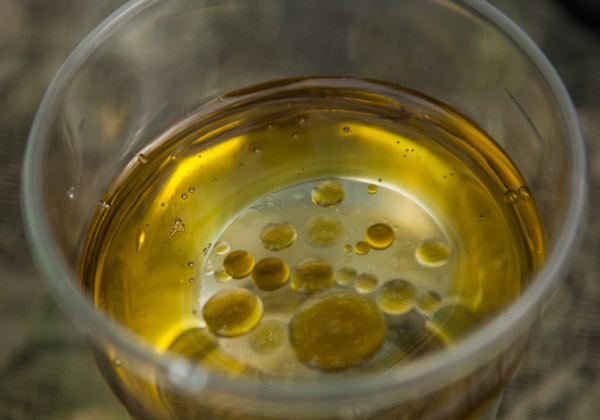
The Rising Attraction
Oils can be used to deliver food signals throughout the water column; much like when spodding a cloudy zig mix near the surface, oils have the same delivering purpose, but instead of drawing fish up, they pull them down to the lake bed.
Using oils in bags and on hook baits is an effective way of sending attraction up through the water, to the line where the fish are cruising. When these oil particles are intercepted by a passing fish, quite often they will drop down to investigate the source of the signals being emitted. This tactic is often brilliant when used in shallow/medium depth of water, whereby the fish only have to drop a few feet to reach the hook bait.
On warm days when the fish are cruising about, in bays or shallow marginal areas, a neat parcel of food boosted with some oil will often catch them off guard.
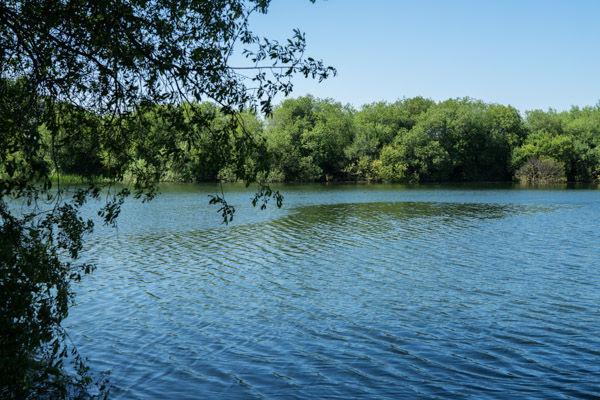
The Slick Effect
Another good advantage of using oils is the slick that they create, which is a telltale sign that fish are active and possibly feeding on your spot.
When using oils in large quantities of bait, such as spod mixes and big beds of boilies, when fish enter the swim or start feeding on the items on the lake bed, plumes of oil will be released to the surface, creating a slick if conditions are slightly breezy.
This is good for a number of reasons: firstly, if a slick appears, it may not be the best time to recast as it could potentially spook the fish out of the swim when they are feeding confidently. If the slick keeps appearing but no bites are forthcoming, it could signal that there is a problem with the rig and a possible recast could re-set the rig effectively.
This slick is also brilliant when surface fishing on breezy days, as it will create a ‘flat spot’ on the surface where the ripple will turn to glass and mean that you can carefully watch your hook bait and prevent the controller from drifting too quickly.
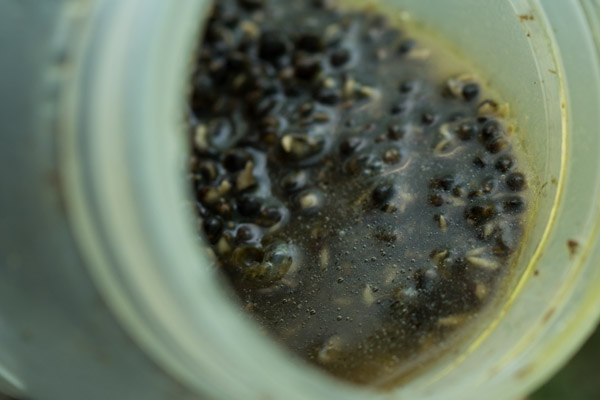
Natural Oils
Oils can be naturally present in many bait items, including nuts and hempseed to name but a few. Fish naturally crave these oils as they provide valuable antioxidants, which help with their health.
To the touch, these bait items may not be quite as obvious that they contain oils, but they are super-effective during the warmer months after the fish have spawned.
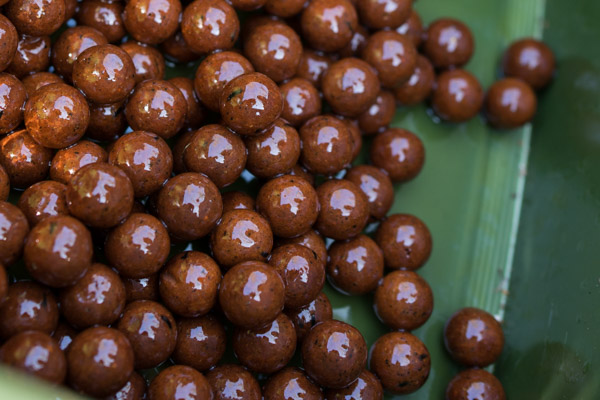
The Solubility Debate
One of the downsides to oil is the ability to repel water and therefore effectively decrease the effectiveness of some bait items, including boilies.
If you can imagine, when an oil spill happens and wildlife become covered in oil, it becomes incredibly hard for them to be cleaned down with water as the oils simply repels it. The same scenario can be likened to the use of boilies and oil, whereby baits covered in oil will not allow water to enter those bait items. This can have a negative effect, whereby highly porous baits such as The Pacific Tuna work by water entering the bait and the exchange being the leakage of attractors.
By adding oil, this process simply does not happen, but instead the goodness of the bait is trapped among the oily coating. This isn’t so much of a problem with baits such as floating trout pellets, as they are not relying so heavily on the release of attractors but instead the visual aspect of the fish seeing them on the surface. Well worth thinking about…
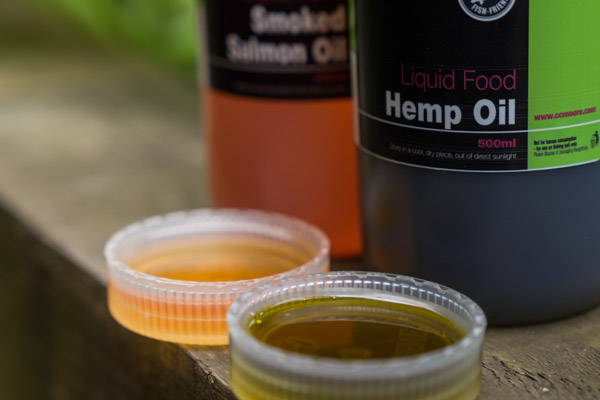
Do Oils Work In Cold Water?
This subject has been the centre of debate for years, but from a scientific perspective oils are generally much less effective as an attractor and dispersing in cold water temperatures.
Some oils are winterised, which means they are less likely to congeal due to their natural make-up. Hemp oil and winterised salmon oil are far more effective than out-and-out fish oils when the temperatures begin to plummet.
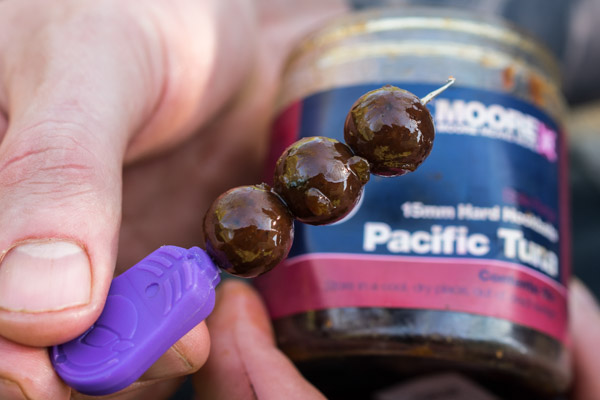
Oily Hook Baits
If oiling up all of your baits certainly isn’t a tactic you would prefer, try just oiling the hook baits themselves. This way, they are packed full of attraction, but due to the fact the hook bait is often presented among other free offerings, the necessity for it to leak the desired attractors isn’t always there.
In the summer, an oiled-up hook bait will stand out among a bed of free offerings, delivering intense attraction up through the water column. These are also great as single hook baits cast to showing fish on warm days, or areas where fish are likely to drop down to investigate, such as shallow gravel bars and plateaus.
Oils can be a confusing principle at first, but by carefully considering when is and when isn’t best to use them you will not only get the most from the oils you choose, but all types of bait that you present.
The key thing to consider is how easily and how much of a necessity it is for the process of the water in the lake to break down the bait and work as a catalyst for attraction.
- Log in or register to post comments
